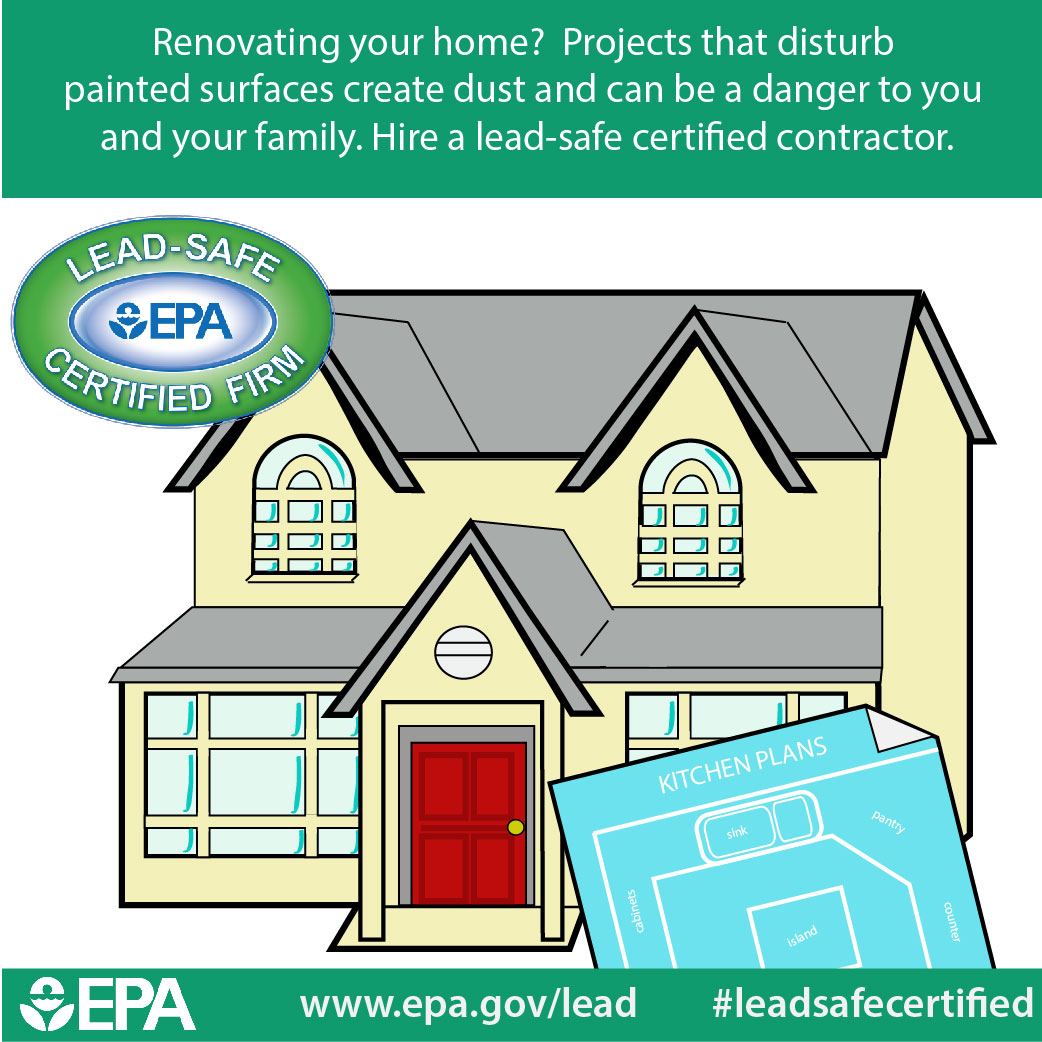Discover Just How Seasonal Influences Can Impact The Performance Of Business Exterior Painting And Discover The Most Positive Times To Make Sure Resilient Outcomes For Your Project
Discover Just How Seasonal Influences Can Impact The Performance Of Business Exterior Painting And Discover The Most Positive Times To Make Sure Resilient Outcomes For Your Project
Blog Article
Developed By-Regan Bagger
When you're intending a business external paint project, seasonal elements can make or break your outcomes. You'll wish to think about exactly how temperature level and humidity influence paint application and drying times. Picking the ideal season can guarantee your paint sticks effectively and lasts much longer. Yet which seasons are truly the best for this kind of job? Let's check out the crucial elements that can influence your project's success.
The Impact of Temperature on Paint Application
When you're preparing a business exterior paint project, the temperature level can substantially impact just how well the paint adheres and dries out.
Ideally, you want to paint when temperatures range between 50 ° F and 85 ° F. If it's also cold, the paint may not heal properly, leading to concerns like peeling or cracking.
On the flip side, if it's as well warm, the paint can dry too swiftly, avoiding proper bond and resulting in an uneven coating.
You should additionally consider the time of day; early morning or late afternoon supplies cooler temperatures, which can be much more desirable.
Constantly examine the manufacturer's referrals for the details paint you're making use of, as they frequently give advice on the ideal temperature array for optimum outcomes.
Moisture and Its Result on Drying Times
Temperature level isn't the only environmental variable that affects your commercial outside painting project; humidity plays a significant role also. High moisture levels can reduce drying times significantly, affecting the overall quality of your paint task.
When the air is filled with dampness, the paint takes longer to treat, which can result in issues like poor adhesion and a higher threat of mildew development. If you're repainting on a particularly moist day, be planned for extended wait times between layers.
It's critical to monitor regional weather and plan appropriately. Preferably, go for humidity degrees in between 40% and 70% for optimum drying.
Maintaining these factors in mind guarantees your job stays on track and provides a lasting finish.
Best Seasons for Commercial Exterior Painting Projects
What's the most effective season for your industrial external paint projects?
Springtime and early fall are generally your best bets. During these seasons, temperature levels are light, and moisture degrees are often reduced, producing perfect problems for paint application and drying out.
Stay clear of summer season's intense heat, which can create paint to completely dry also quickly, leading to poor attachment and coating. Similarly, winter's cool temperatures can impede proper drying and curing, taking the chance of the longevity of your paint work.
Aim for days with temperature levels between 50 ° F and 85 ° F for ideal outcomes. Remember to examine the neighborhood weather prediction for rain, as damp conditions can spoil your task.
exterior painter st. louis park around these factors ensures your painting job runs efficiently and lasts longer.
Verdict
Finally, intending your commercial external painting tasks around seasonal factors to consider can make a considerable difference in the outcome. By scheduling work during the perfect temperature levels and moisture levels, you'll make certain much better bond and drying out times. Bear in mind to watch on local weather forecasts and choose the correct time of year-- springtime and early fall are your best options. Taking these actions will aid you attain a resilient and professional coating that lasts.
